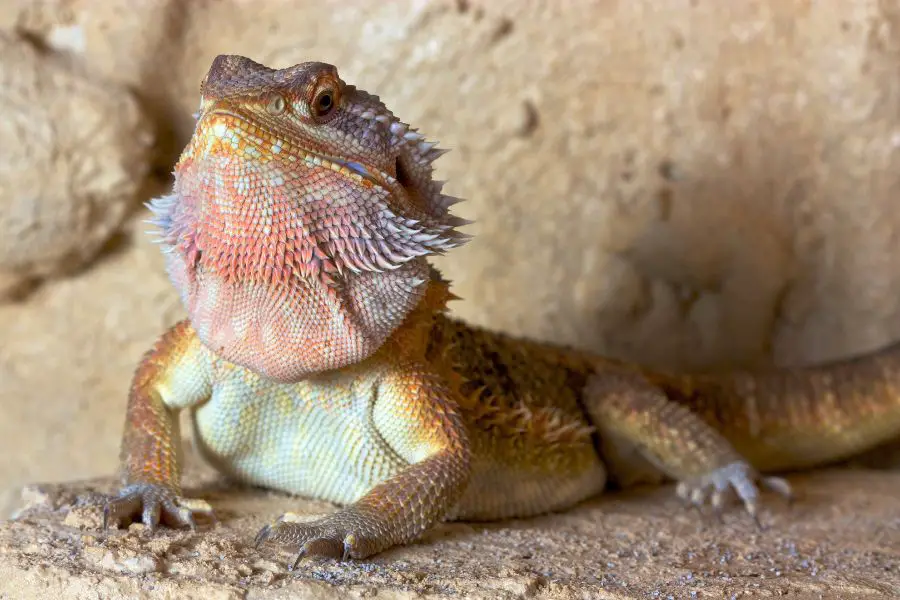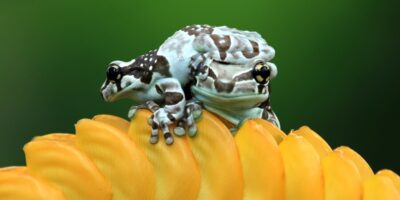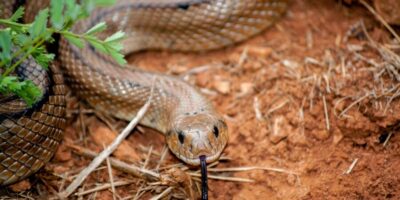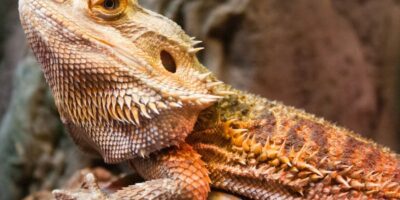Curiosity surrounds the common behavior of bearded dragons digging. This introduction aims to unravel the mystery behind their inclination to burrow. While digging is an instinct, it can signify various needs or behaviors in captivity.
By delving into the reasons behind this behavior, we gain insight into the world of bearded dragons, ensuring their well-being and fostering a deeper understanding of their unique habits.
Natural Instincts
Bearded dragons, hailing from arid regions, exhibit an instinct to dig in the wild. This behavior serves multiple purposes, including creating shelter, regulating temperature, and searching for food. Understanding these instincts is vital for providing appropriate care in captivity. The introduction of a suitable substrate in the enclosure mimics their natural environment, offering a platform for natural behaviors.
or a reptile-friendly substrate that allows bearded dragons to express their instinctive digging tendencies, promoting mental stimulation and overall well-being. By acknowledging and accommodating these innate behaviors, we ensure our captive bearded dragons can engage in activities reflective of their wild instincts, fostering content and enriched life.
Burrowing For Comfort
Bearded dragons exhibit a penchant for burrowing, creating hiding spots and burrows within their enclosures. This behavior serves as a natural expression of their need for comfort and security. By digging, they establish secluded areas where they can retreat for relaxation and stress reduction. Understanding this link between digging and stress reduction is crucial for providing an environment that supports their well-being.
Encouraging these natural behaviors in captivity ensures that bearded dragons can find solace in their shelters, promoting a sense of security and contributing to their overall mental and emotional health.
Reproductive Behavior
Reproductive behavior in bearded dragons often involves digging, particularly in gravid (pregnant) females. This instinct is a prelude to egg-laying. Understanding this behavior is crucial for anticipating the needs of expectant dragons. Providing an appropriate egg-laying environment is essential for the health and safety of both the mother and her clutch.
Offering a suitable substrate for digging, along with a secluded nesting area, ensures that gravid bearded dragons can fulfill their reproductive instincts comfortably. This knowledge aids responsible owners in creating conditions conducive to the reproductive needs of their female dragons, promoting a safe and stress-free environment during this critical period.
Thermoregulation
Bearded dragons employ digging as a method of thermoregulation, crucial for maintaining optimal body temperature. This behavior allows them to regulate their heat exposure by creating burrows. A basking area provides essential warmth, while a cooler hide serves as a retreat for temperature moderation. Understanding these thermoregulatory tactics is vital for creating a well-balanced habitat.
By providing a range of temperature gradients, owners empower their bearded dragons to navigate their environment effectively, ensuring they can regulate their body temperature according to their specific needs for overall health and comfort.
Signs Of Health Issues
Excessive or unusual digging in bearded dragons can raise concerns regarding their health. This section focuses on addressing these worries and identifying potential health issues associated with abnormal digging behavior. Persistent, frantic digging may indicate stress, discomfort, or digestive issues. The note emphasizes the importance of observing changes in behavior, substrate preferences, and general activity levels.
Recognizing deviations from typical digging patterns prompts responsible owners to seek veterinary advice promptly. By addressing concerns and pinpointing potential health issues early on, caregivers can intervene effectively, promoting the well-being and longevity of their bearded dragons through attentive and proactive care.
Optimal Enclosure
Providing an optimal enclosure for bearded dragons is essential to foster their natural behaviors and well-being. This note outlines key features of an ideal habitat. A proper substrate, like reptile-friendly sand or soil, supports their instinct to dig and burrow. Hiding spots, such as rocks or logs, offer security and stress relief.
Temperature gradients, achieved through a basking area and cooler hide, mimic their native environment, enabling effective thermoregulation. This well-rounded environment encourages natural behaviors, ensuring physical and mental stimulation for bearded dragons. By incorporating these elements, responsible owners create a habitat that mirrors the natural conditions, promoting the overall health and contentment of their scaly companions.
Conclusion
In conclusion, the diverse reasons behind bearded dragons’ digging behavior have been explored, from instincts to reproductive needs and thermoregulation. This summary underscores the importance of responsible care, urging owners to be attentive observers and provide a habitat that accommodates these instincts.
Encouraging a proactive approach to creating a suitable environment enhances the overall well-being of bearded dragons. Lastly, a crucial reminder is extended to seek veterinary advice if digging behavior raises concerns, ensuring that any potential health issues are addressed promptly, and our scaly companions receive the care they deserve.




